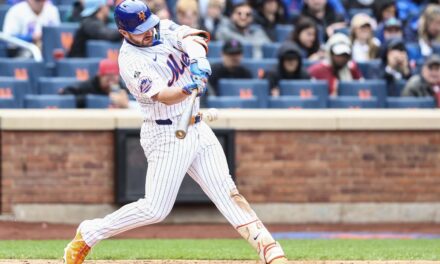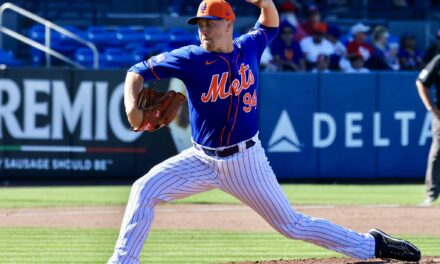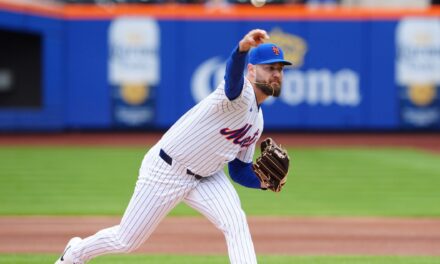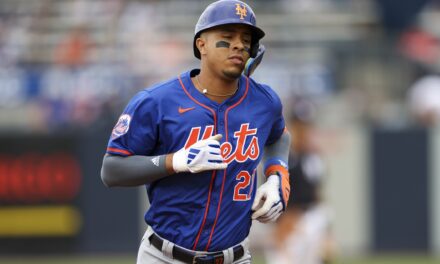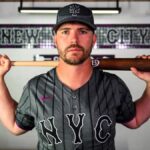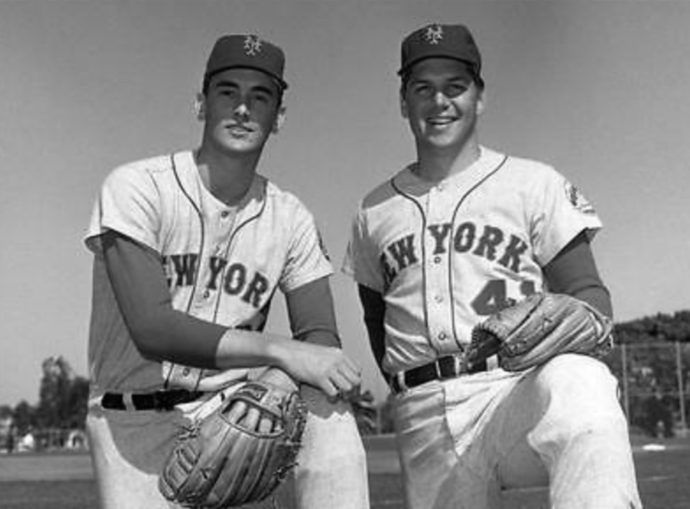
As most of you know, 2019 is the 50 year anniversary of the 1969 World Champion Mets. Enjoy this special feature beginning with Part One of my four part series entitled, How The Miracle Mets Were Built.
Turn Back The Clock 51 Years – It’s the Spring of 1968.
Spring training of 1968 saw the New York Mets coming off another last place finish, but this time there were a few glimmers of hope for the future. There was a new manager in Gil Hodges and a new center fielder in former American League Rookie of the Year Tommie Agee who came to the Mets in a deal for their best hitter, Tommy Davis.
Right-hander Tom Seaver had a brilliant rookie year in 1967, winning 16 games and establishing himself as the team’s first legitimate star and top of the rotation pitcher, but there were still a lot of question marks in the rotation. Optimistic Mets fans could point to an impressive crop of pitchers coming up through the farm system and maybe a couple would be ready to contribute in 1968.
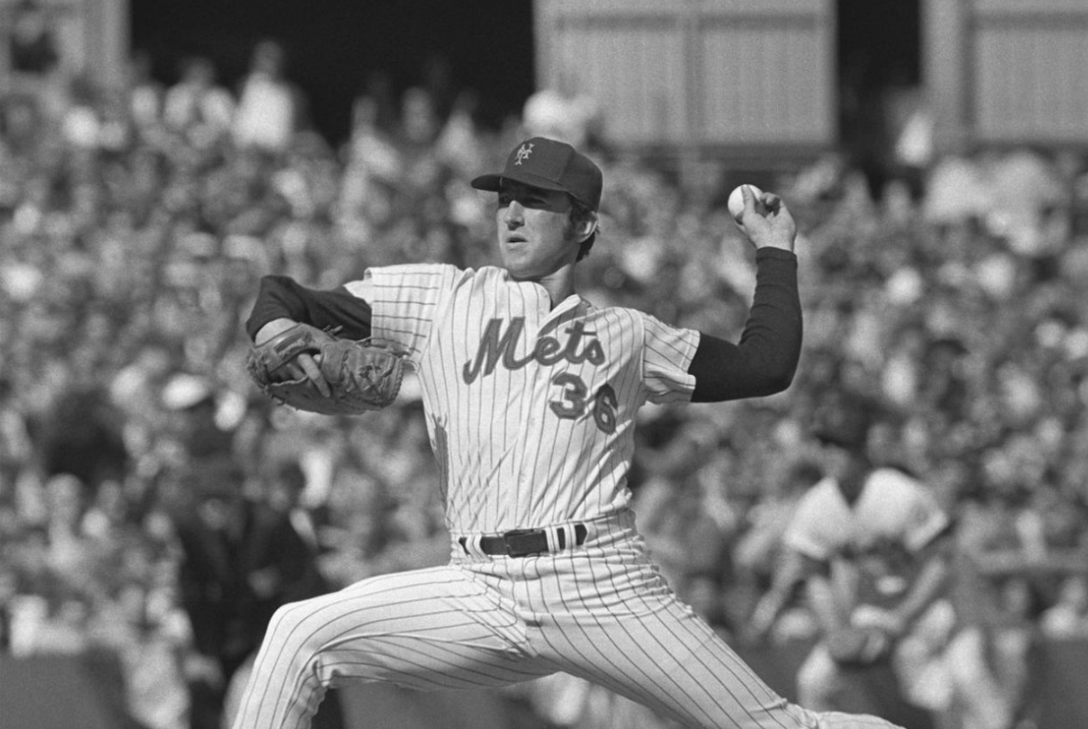
Other than Seaver, veteran Don Cardwell figured to fill one slot in the rotation. Dick Selma was still around, although he had been something of a disappointment so far. Also, top prospects Tug McGraw and Jerry Koosman had been the best starters at Triple-A Jacksonville and maybe they too were ready to contribute on the major league level.
Another young pitcher, Danny Frisella would get a shot too. If all else failed, veterans Cal Koonce and the recently re-acquired original Met, Al Jackson might be pressed into service. Any of those guys might also wind up in the bullpen along with carry-overs Ron Taylor and Don Shaw.
Veterans like Bob Hendley, Billy Short, and Hal Reniff would also get looks. Touted youngsters like Nolan Ryan, Les Rohr, Jon Matlack, and Gary Gentry were considered legitimate prospects, but didn’t figure to be ready for a couple of years, at least.
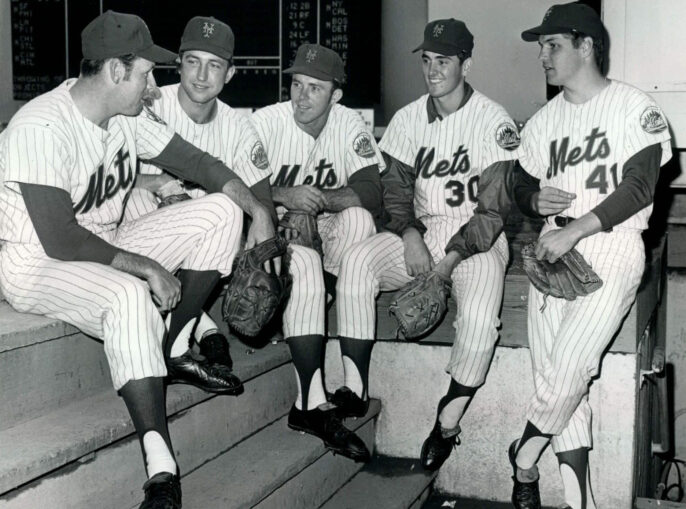
Behind the plate, Steve Chilcott and Greg Goossen were touted as future stars, but in the meantime, light-hitting Jerry Grote and J.C. Martin would have to suffice. Defensively, Grote was very highly regarded and he possessed a powerful arm, but he was also emerging as a leader and the pitching staff all looked up to him.
Ed Kranepool at first and Ron Swoboda in right were still regarded as possible foundation players, but neither had lived up to their initial promise so far.
Jerry Buchek was the incumbent at second base and was expected to be pushed by lefty hitting Ken Boswell who was regarded as a solid bat even though his minor league numbers didn’t reflect that. Defensively, Boswell was considered adequate at best.
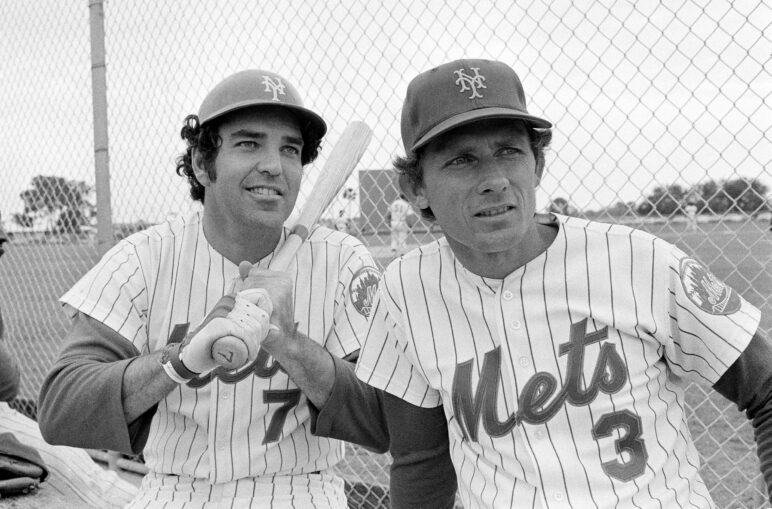
Shortstop Bud Harrelson had shown he could do the job in the field with his great range, soft hands, and strong arm. But would he be able to hit at the major league level and stick with the team?
Third base was a crap shoot with rookie Kevin Collins and ex-White Sox hopeful Dick Kenworthy likely to compete for the job. Buchek might play third if Boswell won the job at second or there was always veteran Ed Charles, a non-roster invitee whose play in 1967 led the Mets (and likely every other major league team) to believe that he might be at the end of the road.
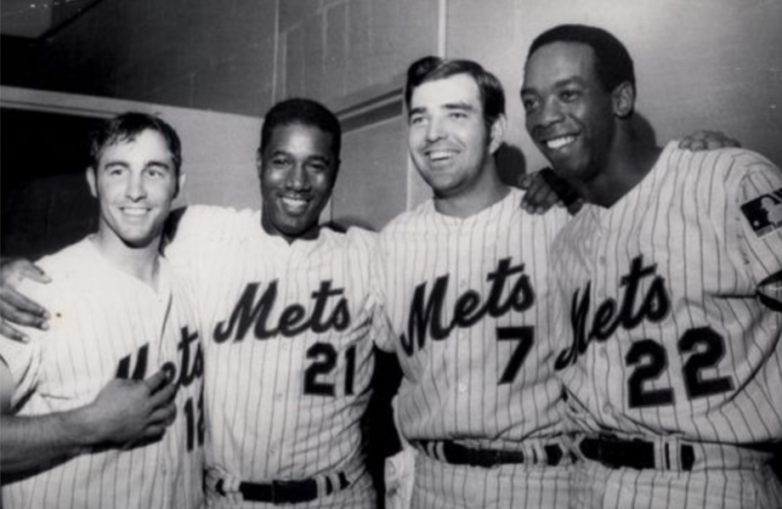
Joining Swoboda and Agee in the outfield, Cleon Jones – once hailed as the best hitting prospect in the organization – would get first crack at replacing Davis in left field. Defensively, Jones would certainly be an improvement, but his .246 average in 1967 while playing all over the outfield wouldn’t cut it.
Art Shamsky, a lefty hitter with power had been acquired from the Reds, for whom he batted a woeful .197 the year before. Rookies like Amos Otis and Clyde Mashore also figured to get a look and Don Bosch was still around too if a defensive replacement was needed.
Could this team even make it out of last place ? Were the Mets really building a winner?
Next up. A look at how 1968 turned out and the outlook for 1969.


